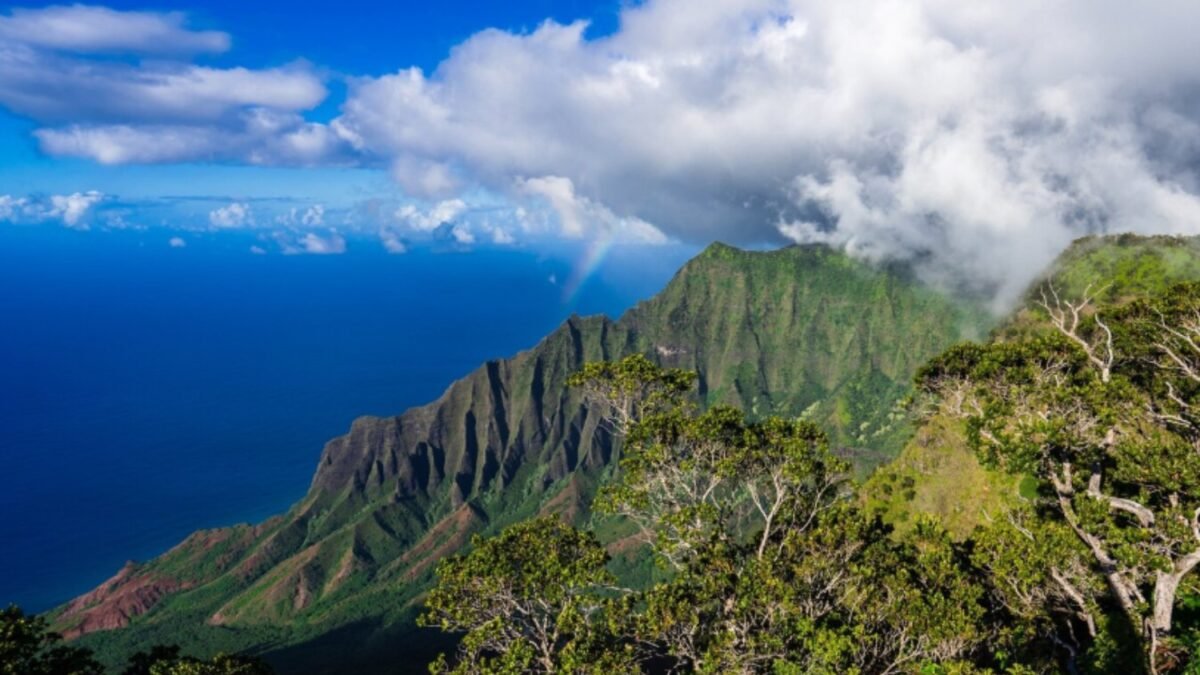The Coolest Quiet Spots on Earth: Discover Where Silence Reigns

Authentic tranquility is a rare find in today’s world. But there are still places where you can hear nothing but nature. The silent parks movement is on a mission to protect these unique sound spaces, free from human noise. From Africa to America, a few special enclaves are being safeguarded to ensure that silence – that invisible ally of well-being – doesn’t vanish forever.
The Impact of Noise… and Silence
The noise from human activities like roads, planes, and ships has been shown to have harmful effects on health, such as insomnia, hypertension, and chronic stress. But it also significantly impacts wildlife: disrupting animal communication, altering behavior patterns, and reducing reproductive capacity. Studies at places like Muir Woods National Monument in California show that when visitors lower their voices, animals return to the trails. This proves that silence has a real and restorative effect.
Where Does Tranquility Remain?
In addition to already certified parks, the Quiet Parks International (QPI) is working in iconic locations like Haleakalā National Park (Hawaii), Białowieża National Park (Poland), and Río Clarillo National Reserve (Chile). Areas in the U.S. like the Boundary Waters Canoe Area (Minnesota) and the Bob Marshall Wilderness Complex (Montana) stand as some of the last strongholds of peaceful sounds.
Silence as a Cultural Change
Certifying a park as silent serves as an educational tool, altering visitor behavior and nurturing a new connection with the environment. Experts see this movement as crucial for us to learn to protect the natural soundscape as part of our heritage. Taiwan, for instance, has embraced the idea of being an “island of listening.” QPI hopes that every country will follow suit, making preserving silence an accessible choice. Because perhaps, listening to the world’s natural sounds without our interference could be the first step in reconnecting with it.





